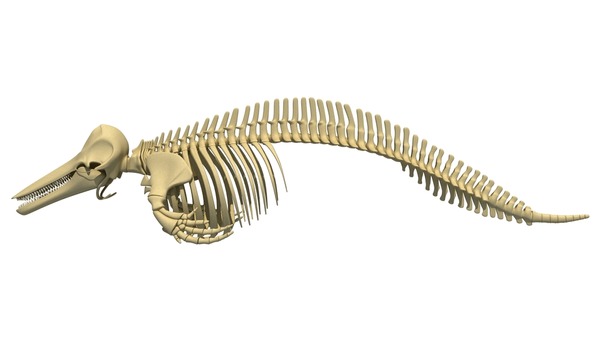A new species of toothed whale, Olympicetus thalassodon, has been discovered by Jorge Velez-Juarbe, a paleontologist at the National History Museum of Los Angeles County. The species lived approximately 28 million years ago on the North Pacific coast and belongs to the family Simocetidae, which is part of the early divergent groups of toothed whales. According to Velez-Juarbe, the discovery of Olympicetus thalassodon and its close relatives can help us better understand the evolution and diversification of modern dolphins, porpoises, and other toothed whales. The fossils of Olympicetus thalassodon and the two closely related odontocetes were discovered in the Pysht Formation on the Olympic Peninsula coast in Washington State.
The discovery of Olympicetus thalassodon sheds light on the evolution of dolphins and other toothed whales. The species possesses a combination of features that distinguish it from any other group of toothed whales. Some of these features, such as the multi-cusped teeth, symmetrical skull, and anterior position of the nostrils, make it appear more like an intermediate stage between archaic whales and the dolphins we are familiar with. The fossils of Olympicetus thalassodon and its close relatives are between 26.5 and 30 million years old, according to scientific methods of age determination.
The Pysht Formation also contains fossils of other marine mammals, such as extinct groups of flightless, penguin-like birds called plotopterids, early relatives of seals and walruses called desmostylians, and baleen whales. Differences in body size, teeth, and other structures associated with feeding suggest that Simocetids showed different forms of prey capture and likely also had different prey preferences. The teeth of Olympicetus are particularly unique, as they are heterodont, meaning they have differences along the tooth row, which sets them apart from the teeth of more advanced odontocetes, whose teeth are simpler and tend to look almost identical. While it is unclear whether the modern relatives of toothed whales were capable of echolocation, some aspects of their skull could indicate the presence of structures associated with echolocation, such as a melon. Further research is needed to determine whether this is the case.










